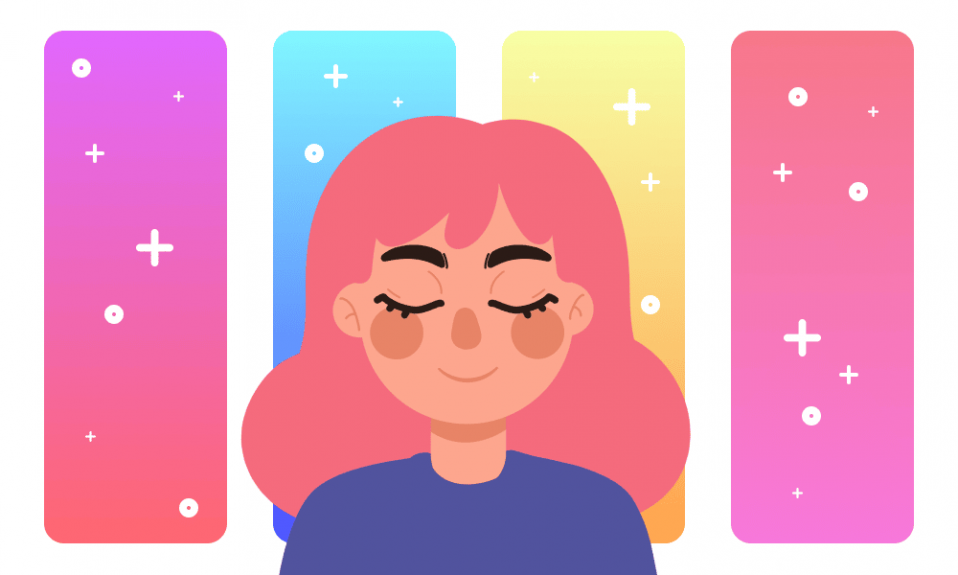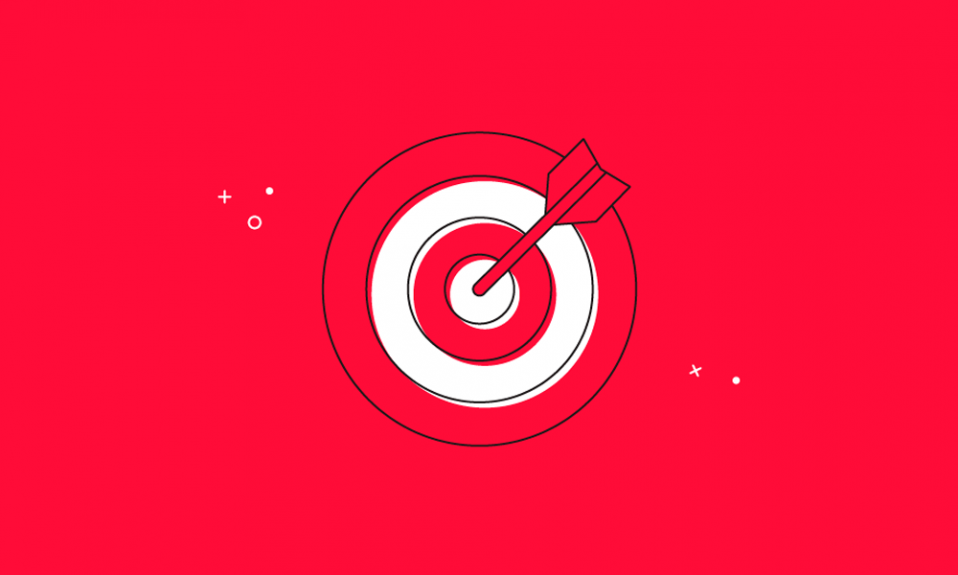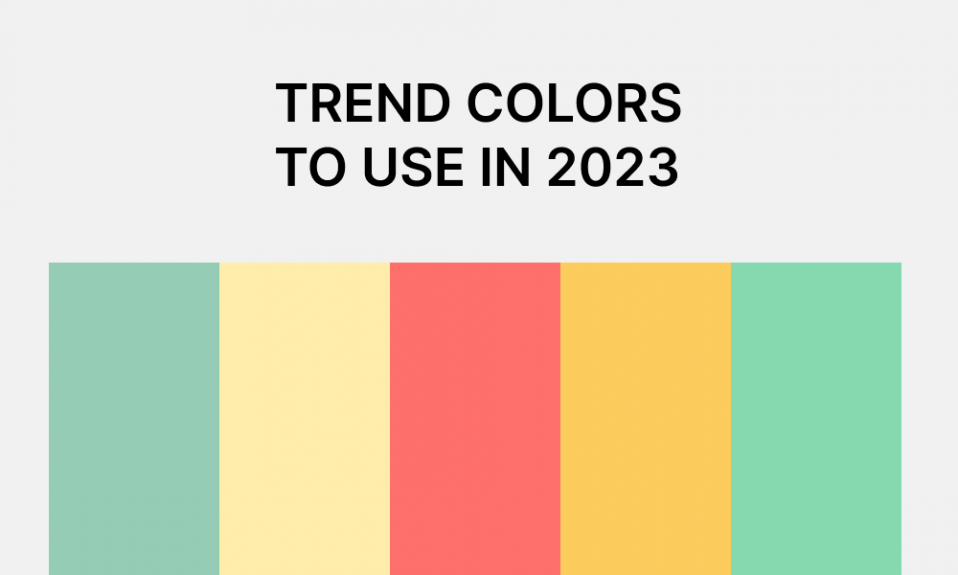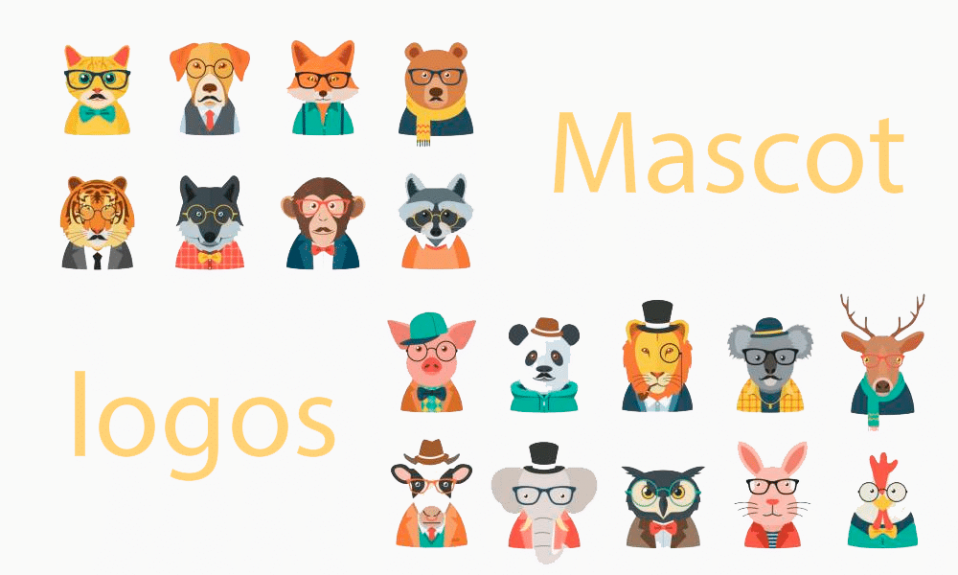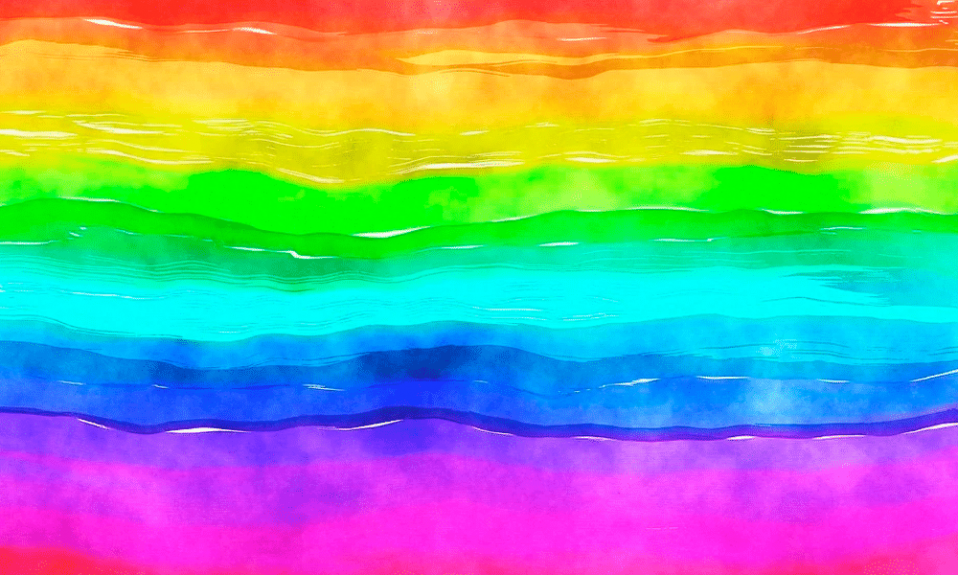Up to 80% of the information about the world around us is received through vision. This means that visual elements (from small packages of goods to huge billboards) must be designed with the utmost care. Each design includes not only the compositional components, but also color combinations: it is important to choose them carefully.
Create your own logo with Turbologo logo maker. It takes less than 5 minutes and no design skills needed.
Go to Logo MakerIn recent years, actively studied the psychology of color. The results of numerous studies confirm that the combination of colors can form the desired attitude to the company, if you apply them in the development of the logo, website design and advertising campaign.
Table of Contents
Do colors help increase sales?
Yes. Using a “mix” of tones can really “convince” a potential customer to take a targeted action. To use such a tool competently, you should learn the basics of color psychology: we’ll tell you about the basic principles below.
What is color psychology?
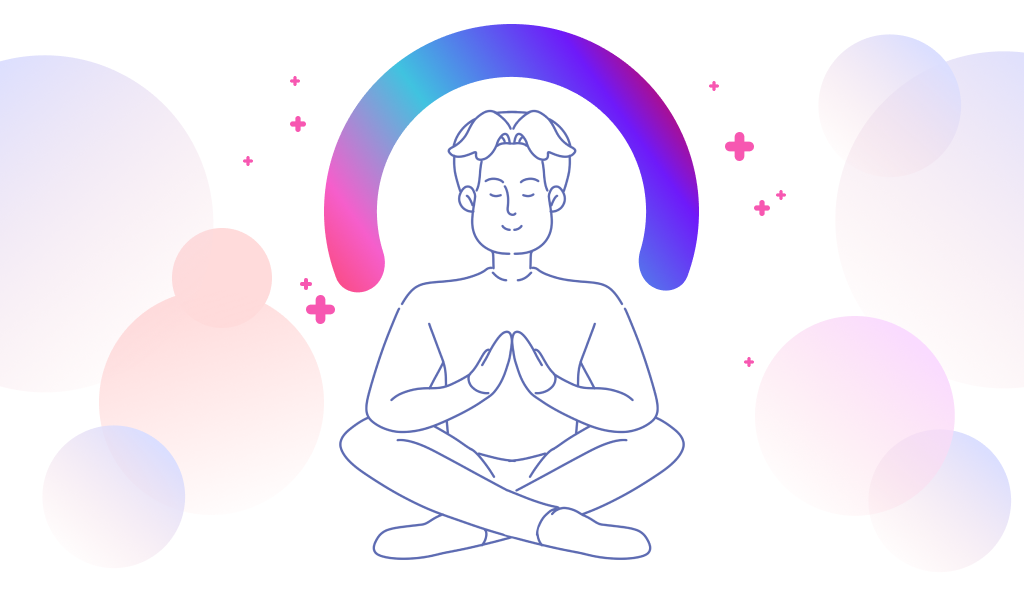
Color psychology explores how a particular shade affects the perception, mood and behavior of a person. The fact is that some tones can cause feelings of anxiety, others – to arouse irritation and anger, others – to cause a feeling of calm and peace, etc.
Although color psychology is a relatively young science, it is possible and necessary to rely on the information it reveals: it will help in the promotion and sale of goods.
What do colors mean in marketing?
The first color matrix was created in the mid-90s: Western researchers divided products into four groups, based on their price and focus on satisfying needs (rational, emotional and others).
Functional products, which require tangible financial expenditures were assigned to white goods (computers, televisions, refrigerators, etc.).
The group of red goods consisted of expensive items that emphasize the high status of the owner, as well as raising self-esteem. These include brand clothing, jewelry and sports cars.
Blue goods included low-cost items (household chemicals, building materials).
“Little joys” fell into the yellow group. Such goods are bought quickly, sometimes impulsively: as a rule, in this case we are talking about sweets, cigarettes, alcohol.
Meaning of hues

Each color conveys a specific message – a coded “message” to the consumer. For example, red is a tone of movement, energy and passion. At the same time, it signals a threat and danger.
Red
Features of the red palette shades:
- evokes strong emotions, regardless of their coloring (both positive and negative);
- forms a sense of urgency, urgency, which is why it is often used to create ads for sale;
- whets the appetite.
The deep red always fascinates, attracts eyes, conveys youth and impetuosity. It is popular in catering and advertising of lingerie.
Orange
The warm, cheerful shades of orange and red symbolize friendly energy. As a rule, these are the favorite tones of open, cheerful, brave people. Orange is also considered inert and unstable – these are its negative qualities.
Orange shades:
- give positive emotions;
- associated with the sun;
- often like preschoolers, so they are preferred in advertising products for children;
- as a rule, are not used by major brands, but are actively used in the mass-market segment (entertainment and services of medium price range).
Yellow palette
Gold and lemon tones are the colors of happiness and creativity. Negative properties – can provoke feelings of anxiety, restlessness. The use of the range of yellow tones requires caution and care: some shades look cheap and dirty. The choice of yellow is optimal for the design of packages of goods for creativity and leisure.
The range of green tones
Green is associated with cleanliness, health freshness and tranquility. The benefits of green colors:
- relax the eyesight;
- give a feeling of peace.
Green colors are preferred by brands promoting ideas of nature preservation, healthy lifestyle, etc.
Blue
Numerous surveys conducted at the turn of XX-XXI centuries confirm that most respondents mention blue as their favorite color. This shade of blue symbolizes logic, calmness and security.
Blue evokes trust, so it is often used in the design of online portals of companies engaged in promotion of legal and medical services, Internet technology, etc.
In addition, shades of blue and turquoise are seen in advertising for banks, cosmetics, water and some products for the restoration and maintenance of health. Note that men like blue more often than women: it is a shade of freedom and strength.
The meaning of the purple palette
Purple is the color of fantasy, it is noble and solemn. Among its negative qualities, it may cause a feeling of depression, and some tones look provocative.
Traditionally, purple is the color of wealth and luxury, which is why it is loved by companies that produce premium goods. The shade is used to promote products for a female audience.
Purple is quite a catchy color, it has a strong effect on the nervous system, so it is recommended to use it in a small “concentration” to highlight a bright detail. The range of purple shades increases sales of home and children’s products (toys, clothes, etc.). It is often used in the beauty industry and hobby product advertising.
Dark tones and black
Black is associated with nobility and luxury. Often it also emphasizes elegance, minimalism, austerity, stability and strength. Negative features include reminders of death, danger and coldness.
Black is the tone of premium brands; it combines well with bright colors, can act as a base color or be used for accents. Black often becomes the key color when creating advertising campaigns to promote sports goods, electronics, luxury cosmetics.
White
Often this shade is used as a background. It is a symbol of minimalism, simplicity and freshness. If used incorrectly, it can cause a feeling of emptiness. The positive properties of white are its excellent compatibility with other tones, and it is ideal for shaping the image of purity and innocence. White highlights important details, while remaining a base tone.
This shade is a frequent choice for companies that help environmental remediation and brands that produce fashion and sporting goods. It’s often used to promote jewelry.
What does color perception depend on?
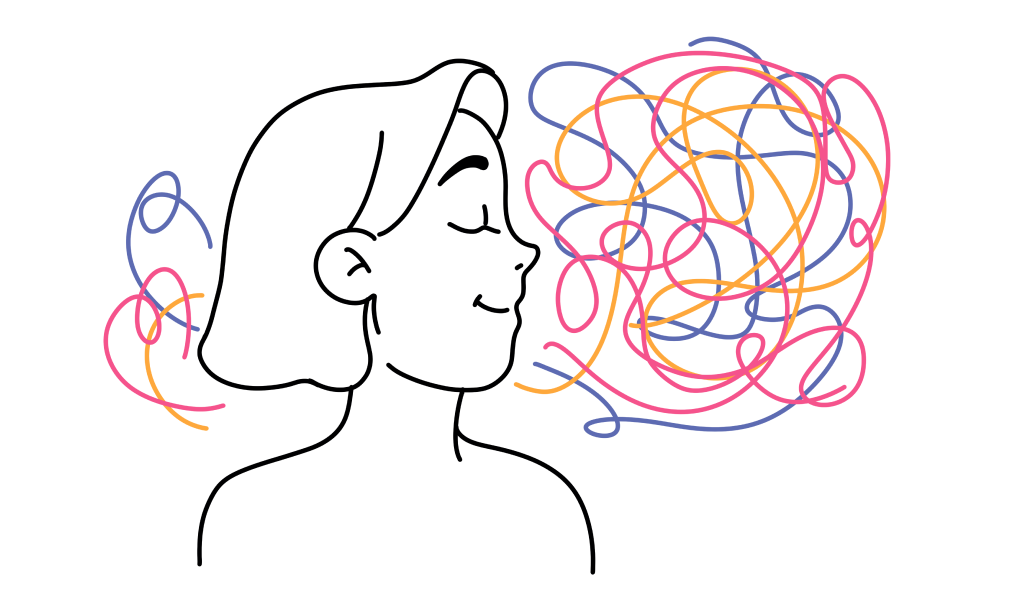
Note that the matrix is not a strict instruction for package design or advertising flyers – these are just observations of Western researchers. Of course, we’ve all seen candy in blue, red and white packages many times: they probably sell just as well as those in yellow ones.
On the Web you can find many other opinions about the impact of color on feelings and emotions. This only confirms the subjectivity of the perception of shade, which may depend on a number of factors:
- preferences (reasoning within the categories of “like” and “dislike”, “beautiful” and “ugly”)
- the characteristics of the culture in which a person was brought up;
- personal experience;
- psychological state (bright colors irritate upset and anxious people).
Despite the individuality of the perception of colors, it is still worth applying the most successful combinations from a marketing point of view. The fact is that about 90% of customers give their preference to a particular product, having evaluated only the visual design (considering the mix of colors and location of the key elements of the package).
What colors are suitable for product promotion?
Before deciding in favor of a particular combination, study the target audience of the product you are going to sell. It is necessary to take into account:
- gender preferences. As a rule, men eagerly choose dark colors, shades of blue (remember that even in childhood boys traditionally dressed in clothes of blue, and girls in clothes of pink shades). In turn, women tend to buy things in light, muted tones of warm palettes.
- compatibility. If in doubt about which shades look most harmonious, use the color wheel. Remind also that the black and white colors are universal for accents.
- context. Tones should be appropriate for specific marketing tasks. For example, choosing soft pink as a base color for advertising men’s perfume is not the best idea: such ads will practically not be perceived by the representatives of the stronger sex.
How to know what color the target audience likes specific products and services?
Some points we highlighted above. Let us also say that there are studies which showed that a saturated yellow color, as well as light blue shades, like people with good health, darker shades and gray color will prefer men and women of all ages, who are depressed.
This knowledge will probably help you find a better approach to your target audience, optimize your marketing strategy and achieve higher conversion rates. The only way to find out how exactly the choice of one shade or another will influence sales is to attract respondents and conduct tests (which can be quite expensive), or to market the product immediately and monitor performance.
Conclusion
The colors of the design of the he colors of websites, promotional materials and product packaging (in general, as well as the product itself) have a significant impact on perception. The concept is simple theoretical, in practice, the truth is often found after years of trial and error.
The concept is simple theoretical, in practice, the truth is often found after years of trial and error.
Do not neglect the techniques of color psychology to motivate potential customers to interact with your company. Don’t forget that the strongest impulse pushing to purchase something is the emotion that “hooks” the buyer: it is the emotion that will be remembered again and again at the sight of the color design.
I’m a product and graphic designer with 10-years background. Writing about branding, logo creation and business.

